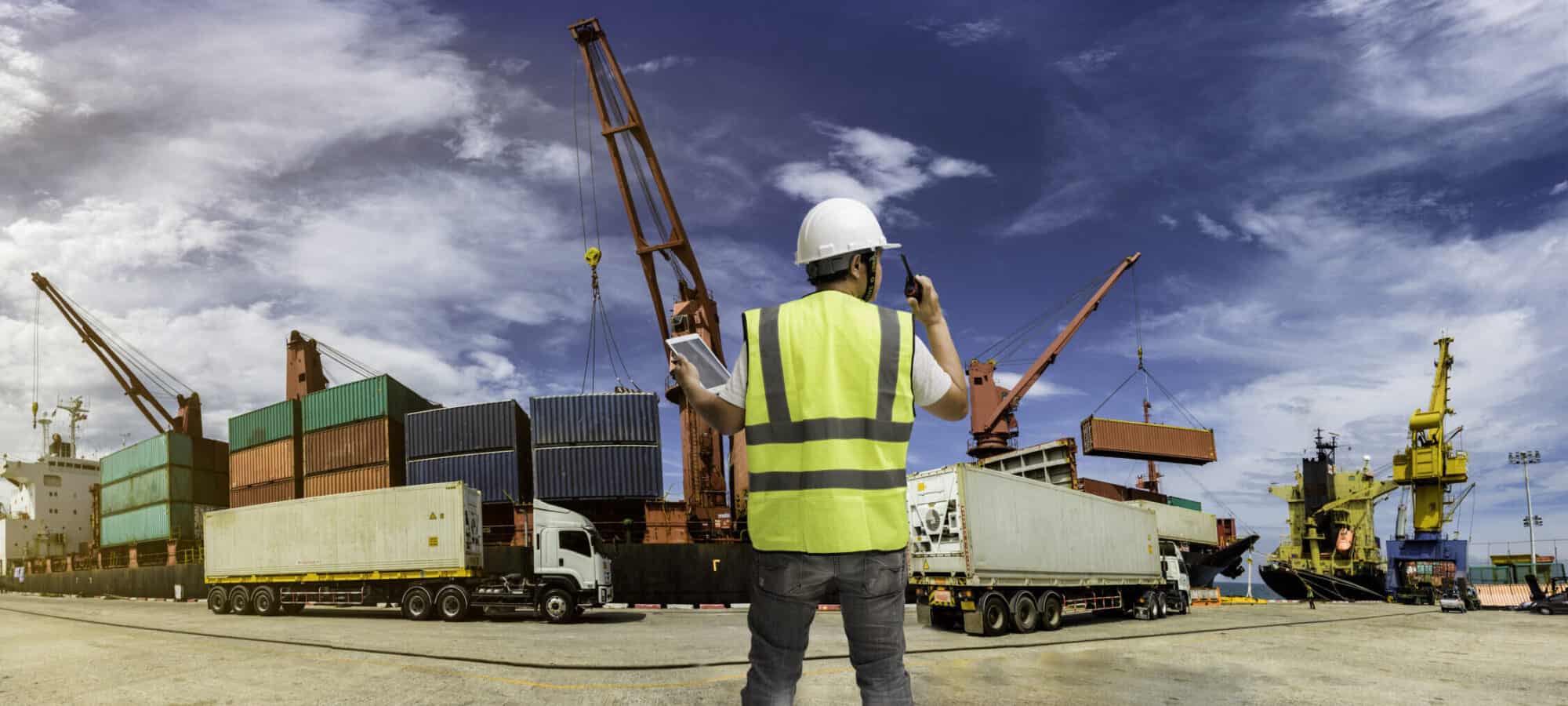Just when you think you have mastered the game, they go and change the rules. That’s what happened when the regulations changed on container weight verification (aka Verified Gross Mass or VGM) in June of 2016. It affected not only local Shippers and their clients, but was implemented all over the world by The International Maritime Organization (IMO) to preserve safety of life at sea. It caused a great deal of anxiety (and still does to this day, for some) and for good reason.
It all stemmed from the reports by Terminal Operators and Container-Shipping companies that they were victims of serious issues involving containers, and even disastrous incidents, caused by erroneous or falsely reported container weights. This sparked an outcry for a safer work environment for Longshoremen, Terminal Operators, Shipping Company workers, and anyone else along the supply chain.
Increased Pressure
The onus fell on Carriers to correctly and securely stow the cargo on their vessels, by accurately measuring and documenting the weight of the containers loaded. In order to do this, everyone involved in packing those containers was held accountable for packing them responsibly. Now while this should always have been common sense, it’s usually only when trouble starts and regulatory bodies get involved, that individuals and companies start really paying attention. The inspections and penalties increased. The liberal attitude and lack of attention to these requirements had to stop. Thus the anxiety.
Managing a Stowage Plan
But it’s easier said than done to configure huge stacks of containers. This is where experience and know-how come into play. It’s quite the balancing act (or puzzle, if you prefer) to properly manage a stowage plan. There are the weights above deck and below deck to consider, where stability must be maintained by evenly distributing the weight. And not only vertically, but around the perimeter too. Add in the limitations on stowing refrigerated cargo and hazardous materials, and the positioning to optimize loading/unloading time, and the plot thickens. But we’re not done, the carrier must also position its containers in a way that facilitates delivery in the same order that the ship makes its stops. IE. Multiple ports with multiple stops, and impatient people waiting to unload on the other side. Quite the chess game.

Reliable Methods?
Many Shippers have been using the same methods (which they trust) to gauge the laden weight of their loaded containers, for years. They may be operating in good faith, but several factors are often ignored, especially when weighing them on a semi-trailer truck. Are the tractor, chassis, fuel, pallets, dunnage, and even driver factored in the same way by every company? Doubtful.
Whichever container-weighing procedures, technology, and tools (now more readily available) that Shippers and NVOs choose to employ, they must determine how to include this in their daily shipping processes. If they don’t satisfy concerns about liability for not providing accurate VGM information, they risk not having their cargo loaded, or worse.
Competent Professionals
The good news is that the companies and professionals at work got to where they are by being attentive, resourceful, and thinking outside the box. Problem-solving is what Shippers, NVOs, and other freight forwarders do for a living. That’s why their industry is nicknamed “Logistics”, and managing increased container weight verification with honest intentions should not be a show-stopper. All the more reason to select your logistics partner carefully!


 LAC Team
LAC Team


